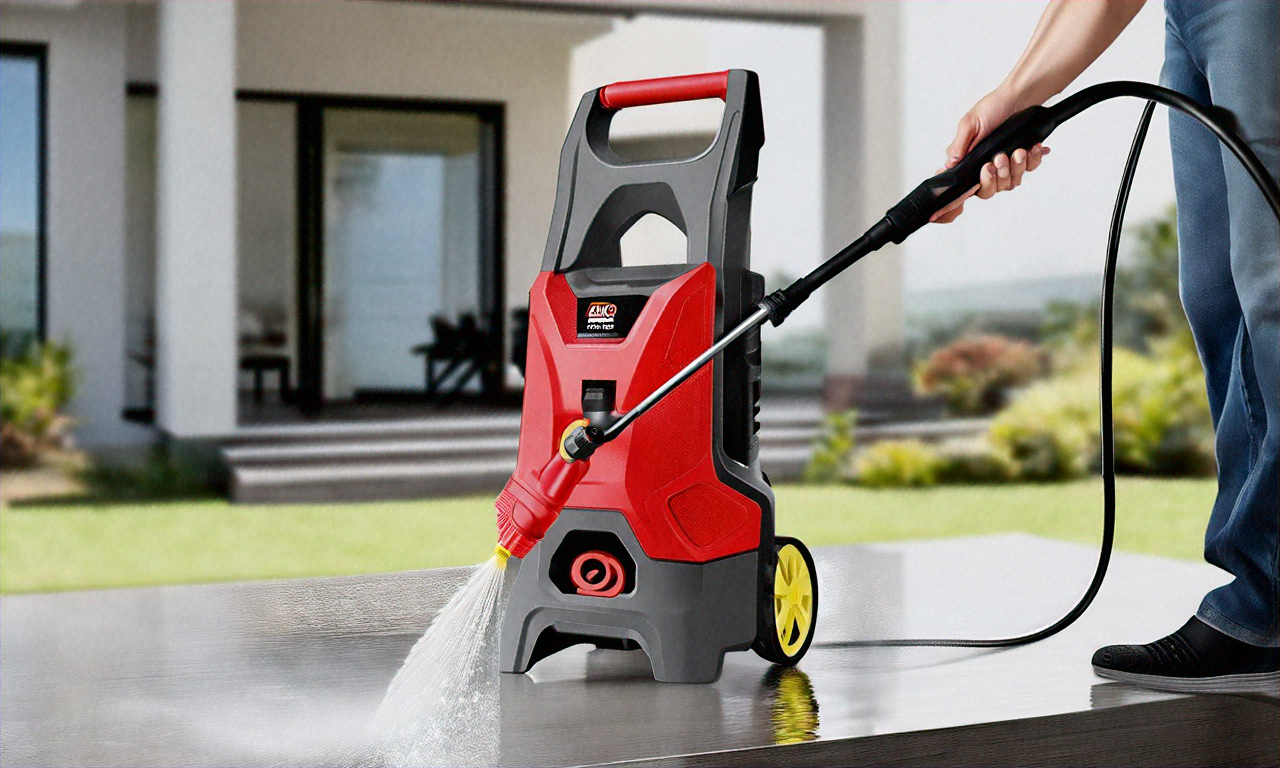Master Your Home's Defense: Smart Pest Management
Unlock the secrets to a pest-free sanctuary with our comprehensive guide to modern pest control. Discover innovative strategies, from cutting-edge technologies to eco-friendly solutions, that will safeguard your home against unwanted invaders. Learn when to DIY and when to call the pros, ensuring a healthier, more comfortable living space for you and your loved ones.

Unwelcome guests in the form of pests can turn your dream home into a nightmare. From tiny invaders to larger nuisances, these unwanted creatures not only damage property but also pose significant health risks. Let’s explore the world of effective pest management and how you can reclaim your living space.
Understanding Your Uninvited Guests
Before diving into control methods, it’s crucial to identify the most common household pests:
-
Ants: These tiny marchers can quickly become an army, invading your kitchen and pantry.
-
Cockroaches: Resilient and resourceful, these pests are known carriers of bacteria and allergy triggers.
-
Rodents: Mice and rats aren’t just a nuisance; they can cause structural damage and spread diseases.
-
Termites: Silent destroyers, these insects can compromise your home’s very foundation.
-
Bed Bugs: These elusive bloodsuckers are notoriously difficult to eliminate once established.
Knowing your enemy is half the battle won in pest control.
Fortifying Your Home: Prevention Strategies
The best defense is a good offense. Here’s how to make your home less inviting to pests:
-
Seal the Deal: Conduct a thorough inspection of your home’s exterior, sealing any potential entry points.
-
Cleanliness is Key: Regular cleaning, especially in food preparation and storage areas, is crucial.
-
Smart Storage: Keep food in airtight containers and clean up spills promptly.
-
Moisture Management: Fix leaks and ensure proper ventilation to reduce humidity levels.
-
Landscape Maintenance: Keep your yard tidy and vegetation trimmed away from your home’s exterior.
-
Vigilant Inspections: Regular checks can catch potential infestations before they become severe.
By implementing these preventive measures, you’ll create a fortress against pest invasions.
DIY Pest Control: When and How
For minor pest issues, try these do-it-yourself methods:
-
Natural Deterrents: Harness the power of essential oils like peppermint or citrus to repel pests.
-
Strategic Trapping: Use sticky traps for insects and snap traps for rodents.
-
Diatomaceous Earth: This natural powder is an effective dehydrator for crawling insects.
-
Vinegar Solutions: A simple mix of water and vinegar can deter ants and small insects.
-
Boric Acid: Effective against cockroaches, but use with caution around pets and children.
-
Neem Oil: A natural insecticide ideal for garden pest control.
While these methods can be effective for minor issues, persistent problems may require professional intervention.
When to Call in the Cavalry: Professional Pest Control
Certain situations demand expert assistance:
-
Persistent Problems: If DIY methods fail to resolve the issue.
-
Large-Scale Infestations: Extensive problems, especially with termites or bed bugs.
-
Health Hazards: When pests pose significant health risks.
-
Structural Concerns: If pests are causing property damage.
-
Preventive Measures: Regular professional treatments can provide long-term protection.
Professional exterminators bring expertise, advanced tools, and access to more potent treatments.
Cutting-Edge Pest Control: Technological Advancements
The pest control industry is evolving with innovative solutions:
-
Eco-Friendly Options: Green treatments that are safer for the environment and non-target species.
-
Smart Monitoring: IoT-enabled traps that provide real-time pest activity data.
-
Heat Treatments: Chemical-free methods effective against heat-sensitive pests like bed bugs.
-
Biological Warfare: Using natural predators or pathogens to control pest populations.
-
Pheromone Lures: Targeted trapping using insect hormones.
-
Ultrasonic Devices: While controversial, these emit high-frequency sounds to deter pests.
Cost Considerations: Investing in Peace of Mind
| Service Type | Provider | Estimated Cost Range |
|---|---|---|
| General Pest Control | Orkin | $300-$600/year |
| Termite Treatment | Terminix | $500-$1,500 initial |
| Bed Bug Elimination | Ehrlich | $1,000-$2,500/treatment |
| Rodent Control | Rentokil | $200-$500/treatment |
| Eco-Friendly Solutions | Aptive Environmental | $400-$700/year |
Note: Prices are estimates and may vary. Always research current rates before making financial decisions.
These advancements offer more targeted, efficient, and environmentally conscious options for pest management.
Conclusion: Your Path to a Pest-Free Paradise
Effective pest control is a multifaceted approach combining prevention, timely action, and sometimes professional expertise. By understanding common pests, implementing smart prevention strategies, and knowing when to seek expert help, you can maintain a healthy, comfortable living environment. As technology in pest management continues to advance, we can look forward to even more effective and eco-friendly solutions, ensuring our homes remain the sanctuaries they’re meant to be.






